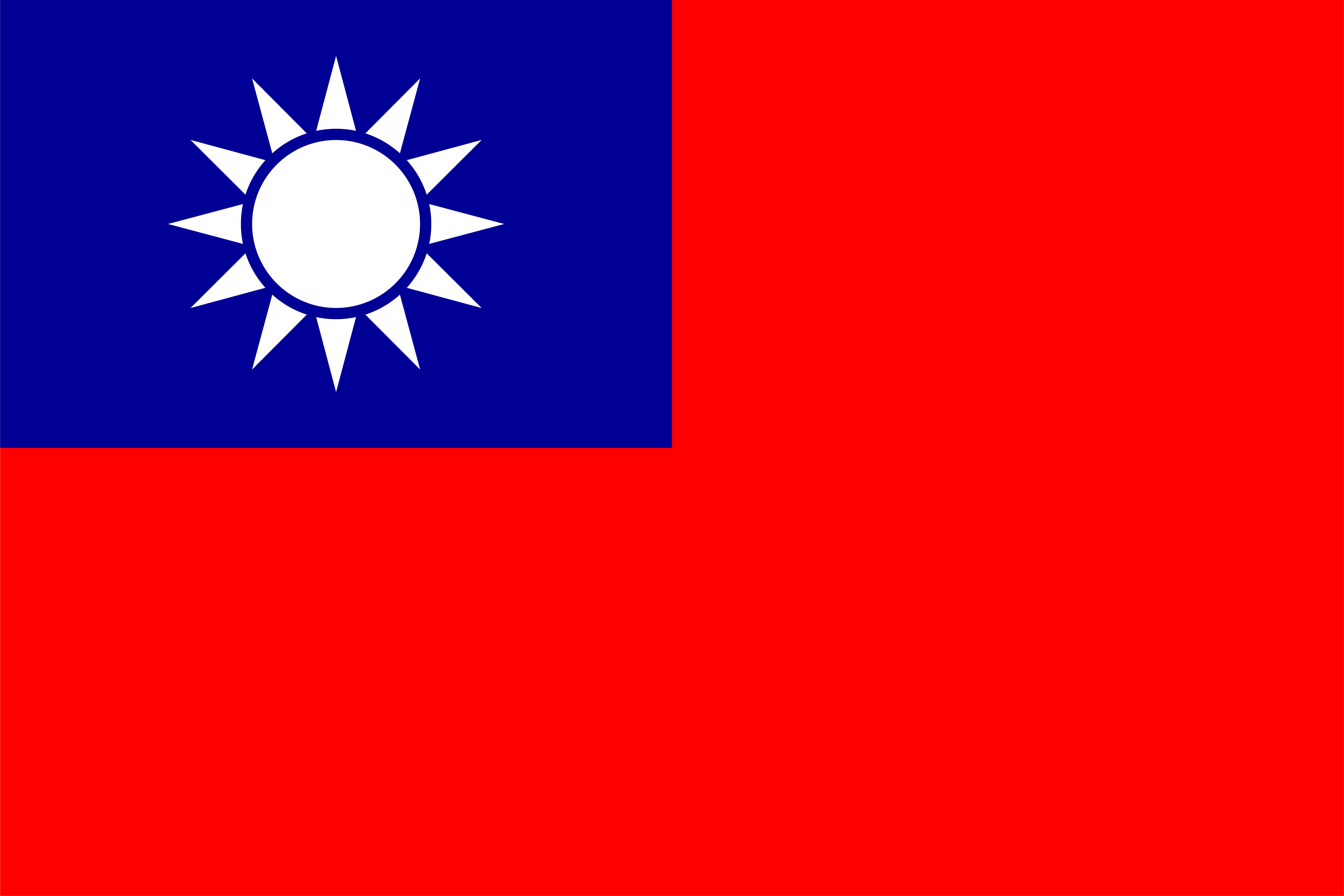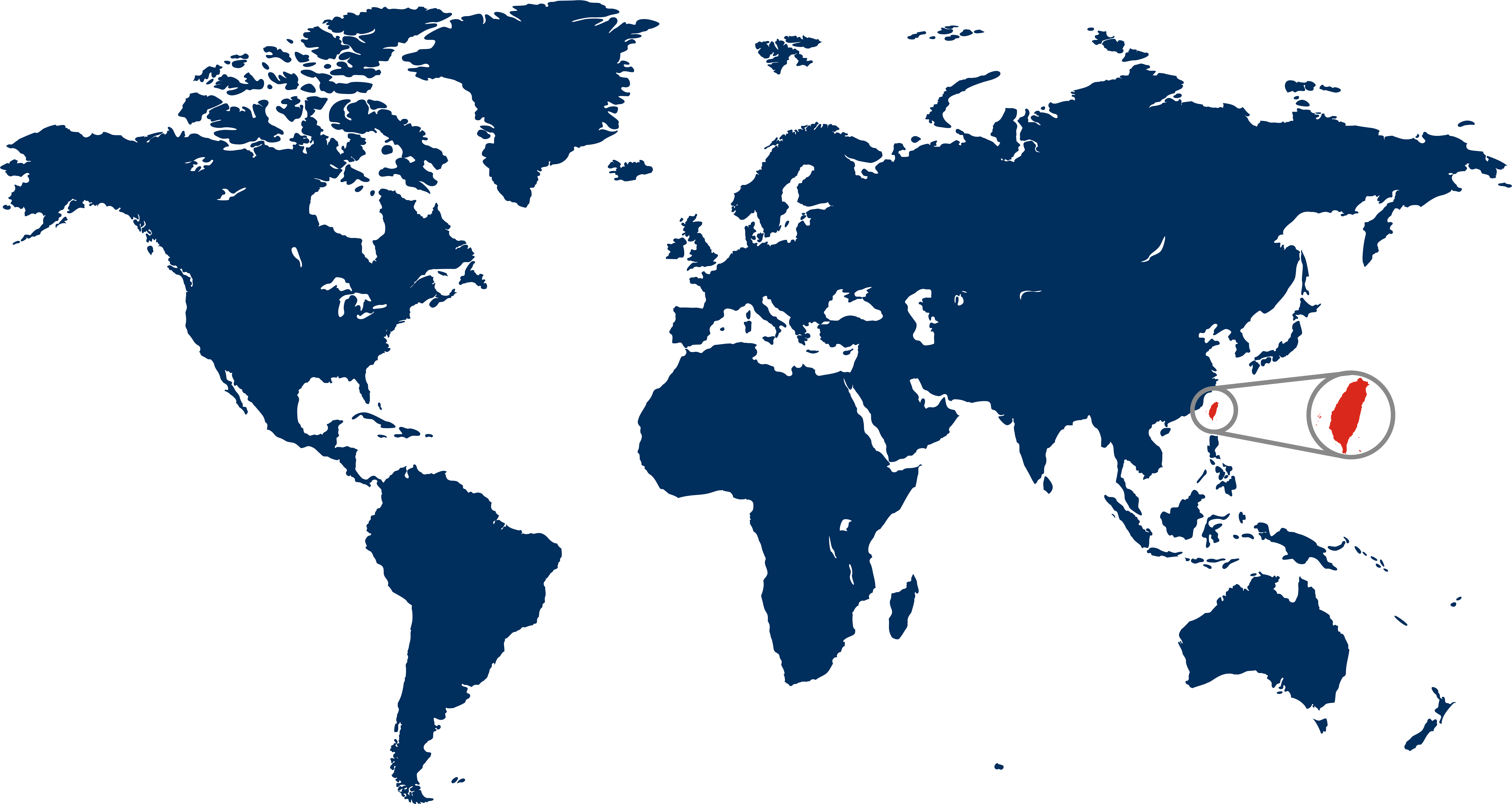Taiwan Travelogue
Articles
Travelogues
View more from News & Articles or Primerus Weekly

By Tom Kirvan
Taiwan, an East Asian country formerly known as Formosa, reflects a fusion of cultures, breathtaking landscapes, and a colorful urban life. With a population of about 23 million people, this relatively small island packs a dense cultural punch from the bustling streets of Taipei to the tranquil beauty of its mountainous landscapes.
Taiwan is marked by its rugged mountains and is home to the highest peak in Northeast Asia, Yu Shan or Jade Mountain, which reaches 12,966 feet. The majority of Taiwan's population resides in urban areas along the west coast, leaving the eastern part of the island less populated and largely covered by lush forests and scenic mountains.
The official language of Taiwan is Mandarin Chinese, although many of its residents are bilingual, with Taiwanese Hokkien being widely spoken. The island showcases a religious landscape as diverse as its people, predominantly featuring Buddhism, Taoism, and a variety of folk religions, which coexist harmoniously. This religious diversity is reflected in the numerous temples that dot the cities and countryside, ranging from grand structures to small, local shrines.
Lined with attractions for every type of traveler, Taiwan features a number of must-see sites that comprise the essence of the country:


Capital: Taipei
Language: Chinese
Population: 23 million
Religions: Buddhism, Taoism
Must-see Attraction: Taroko Gorge
Primerus Member: Pamir Law Group
Based in Taipei, Pamir Law Group handles matters in all areas of general international law, including foreign asset control and treaties.
Taiwan's cultural landscape is as dynamic as its geography. Throughout the year, various festivals showcase the island's rich traditions and modern artistic flair. The Lantern Festival, featuring thousands of sky lanterns lighting up the night, and the Dragon Boat Festival are just two of the cultural celebrations that are imbued with deep historical significance and enjoyed by native residents and foreign tourists alike.
Taiwan's political history is both complex and compelling, shaped by various ruling powers over the centuries. Originally inhabited by indigenous peoples, the island saw Dutch and Spanish settlements in the 17th century before becoming a part of the Qing dynasty. Following Japan's victory in the First Sino-Japanese War, Taiwan was ceded to Japan in 1895 and remained under Japanese rule until the end of World War II in 1945. After the war, Taiwan was placed under the administrative control of the Republic of China (ROC). The political landscape shifted dramatically in 1949 when the ROC government, led by the Kuomintang (KMT), retreated to Taiwan after being defeated by the Communists in the Chinese Civil War. Since then, Taiwan has evolved from a martial law era to a multi-party democracy in the late 20th century, with complex relations with China, which views the island as a breakaway province. This backdrop adds a rich historical layer to Taiwan's modern identity and its relations on the global stage.